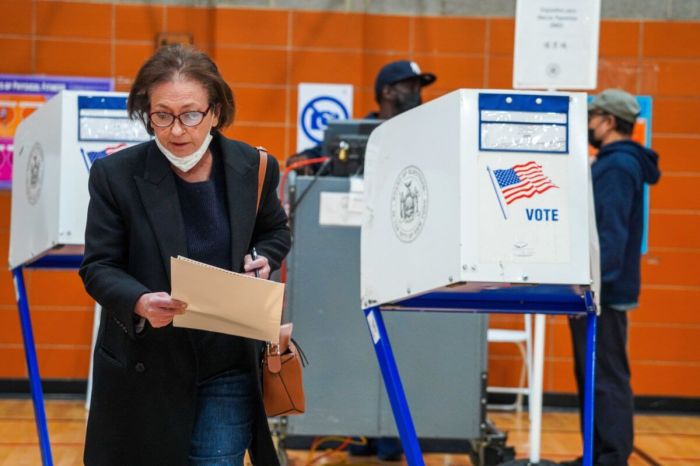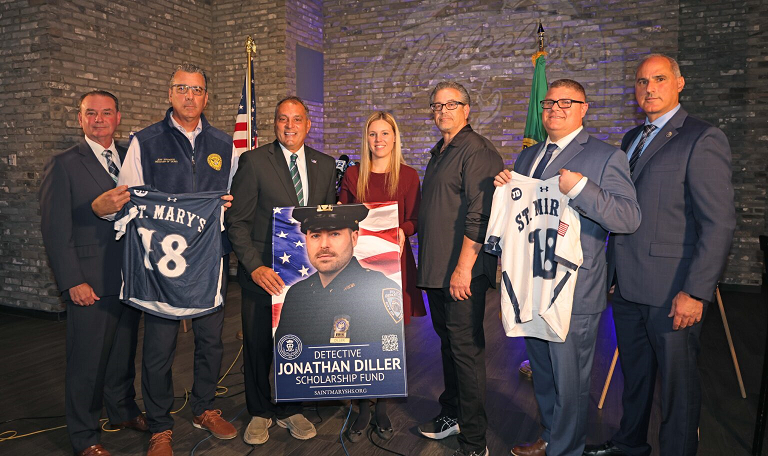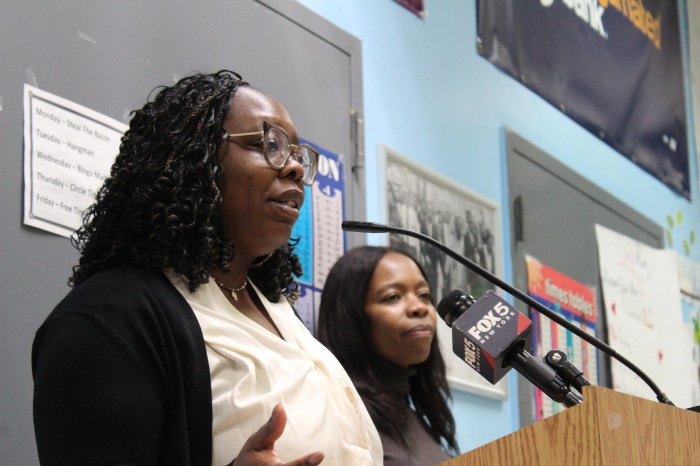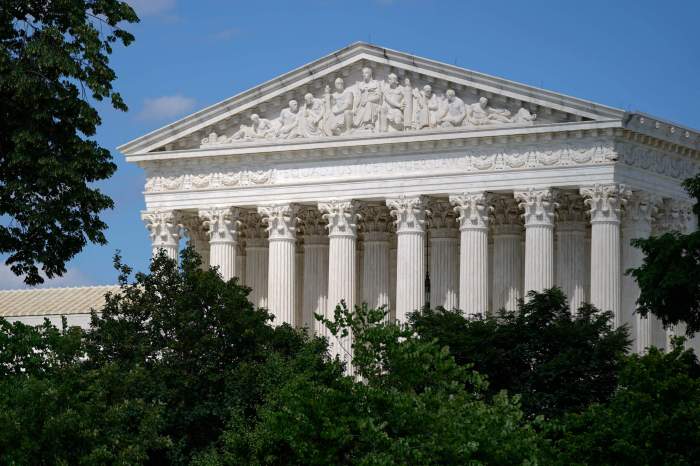New Jersey Gov. Chris Christie held a marathon news conference yesterday to proclaim that he’s shocked and embarrassed to discover that a staffer and other associates ordered the Port Authority to create prolonged traffic jams in Fort Lee as an act of political revenge.
Christie apologized to the people of New Jersey, fired his deputy chief of staff, and asked his two-time campaign manager and close political associate to withdraw from consideration as head of the state Republican Party and as a consultant to the Republican Governors Association, which Christie heads this year.
Yet for all his heartfelt anguish and agile performance, the more Christie talked, the more bewildering the whole imbroglio started to look. We need to know more.
How is it that Bridget Anne Kelly, a deputy chief of staff, could order the Port Authority to close vital access lanes to the George Washington Bridge without so much as a nod from higher-ups? Never mind what that says about the governor’s managerial practices. What does it say about overall oversight of Port Authority operations?
Why was Bill Stepien, Christie campaign manager and political operative, swapping emails with a Port Authority appointee accused of participating in the lane shutdown?
How candid was Christie when he downplayed political rivalries within the Port Authority, saying the tensions he knew of were mostly about the allocation of resources between New York and New Jersey?
The problem is far deeper than that. The Port Authority answers to two masters, one in Trenton and another in Albany. The New Jersey governor names the board chair. The New York governor picks the executive director. And New Jersey also names a deputy executive director. Until a few weeks ago, he was Bill Baroni, who resigned in the initial burst of fury over the lane closures.
The result is a recipe for mixed signals, political games and management chaos. We’ll look to New Jersey’s Assembly hearings and a possible federal inquiry to tell us if politics and patronage now have the agency in a stranglehold.



































